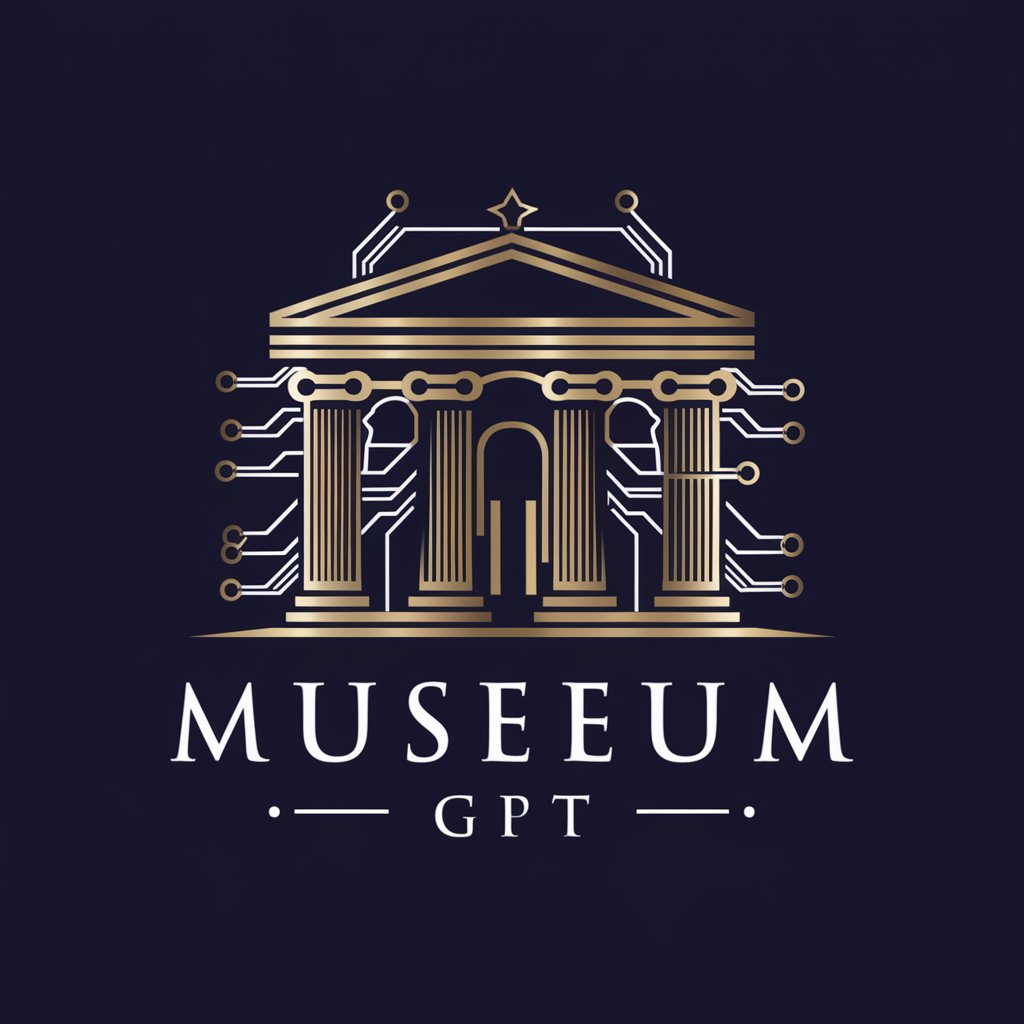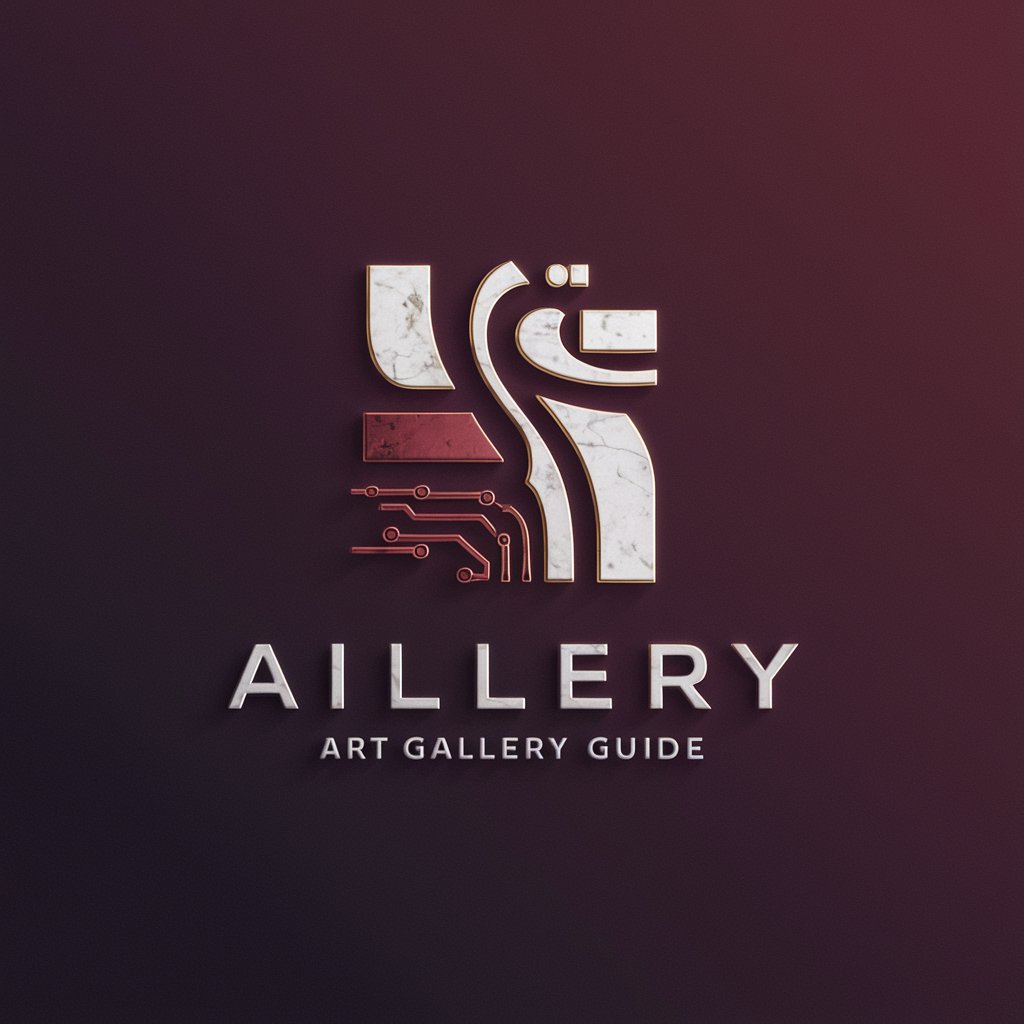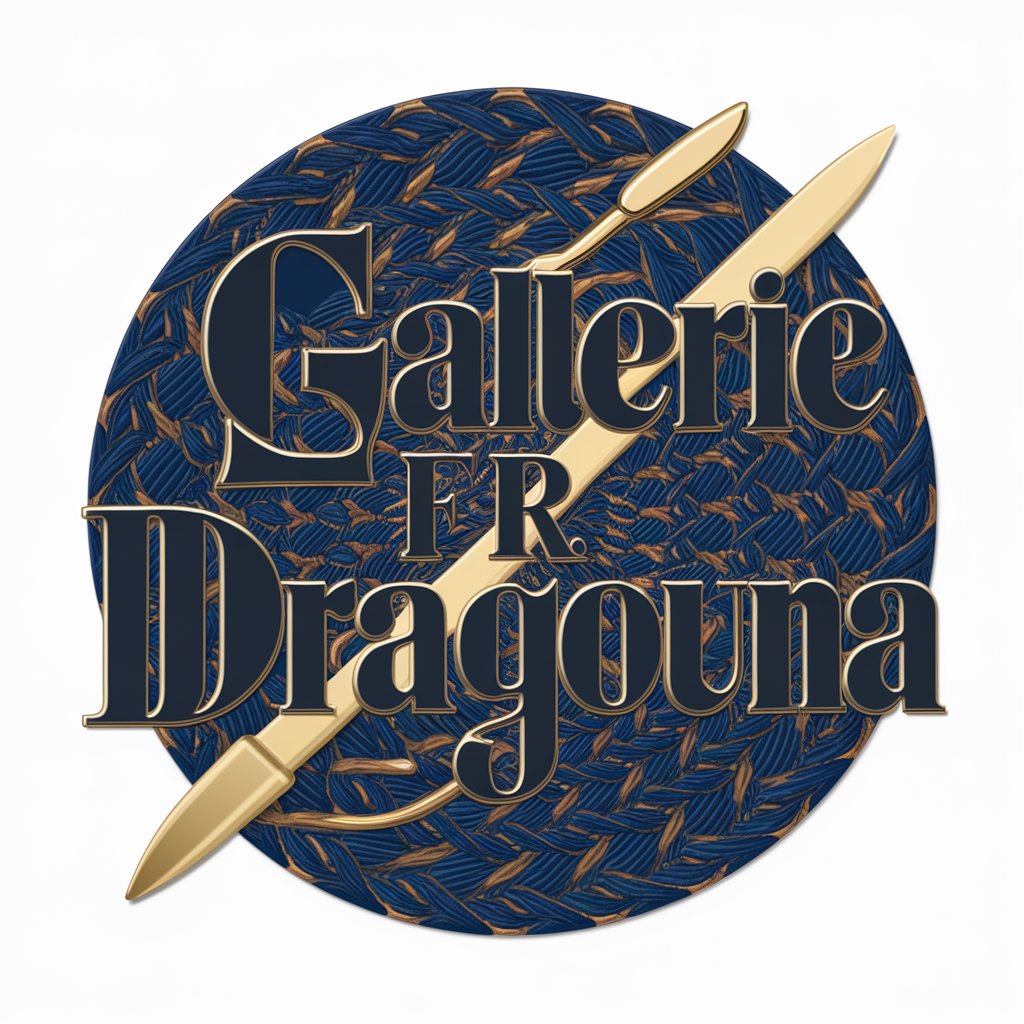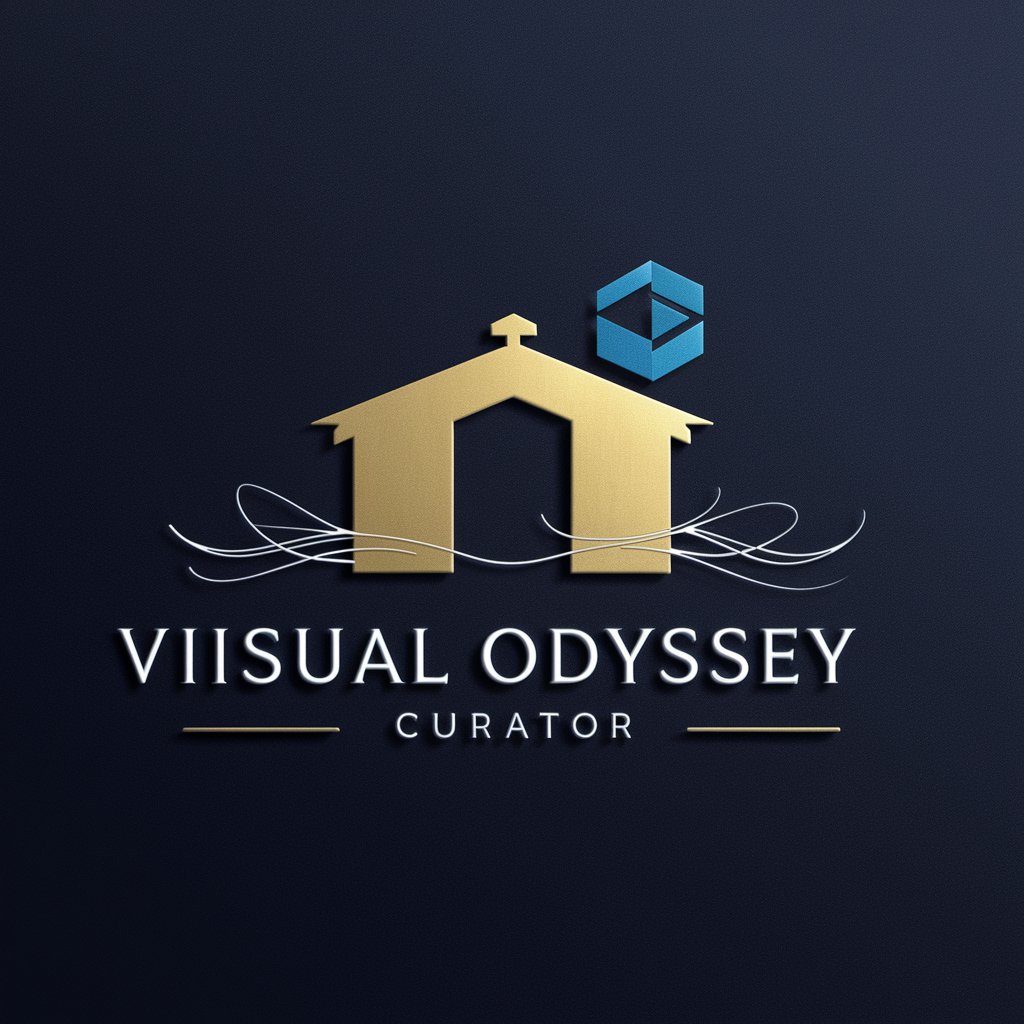
Galleries - Art Insights Tool

Welcome! Let's explore the world of art together.
Empowering art exploration with AI
Can you explain the role of a curator in a contemporary art gallery?
What are some key differences between modern and contemporary art?
How does one go about starting their own private art collection?
What should be considered when planning a new art exhibition?
Get Embed Code
Introduction to Galleries
Galleries is designed as a specialized GPT with a primary focus on the art world, encompassing art galleries, museums, and art collections. Its core purpose is to provide in-depth knowledge and insights into the multifaceted aspects of art and art history, including but not limited to, different types of galleries (commercial, public, and non-profit), museum operations, art curation, and the management of art collections. It serves as a comprehensive resource for art enthusiasts, collectors, students, and professionals in the field, offering guidance on various art styles, artists, and art movements. Galleries is equipped to discuss the nuances of gallery management, the intricacies of art exhibitions, and the best practices in curating art collections, thus facilitating a richer understanding of the art world. Examples of its use include assisting in the planning and execution of art exhibitions, providing advice on the acquisition and management of art collections, and offering insights into the historical and cultural contexts of different art movements. Powered by ChatGPT-4o。

Main Functions of Galleries
Educational Insights
Example
Explaining the significance of the Renaissance art movement and its impact on the development of Western art.
Scenario
A high school art teacher seeks detailed content for a lesson plan.
Art Collection Management Advice
Example
Guidance on preserving a private art collection, including tips on climate control and display techniques.
Scenario
An art collector looks for best practices to maintain and display their collection.
Exhibition Planning Assistance
Example
Suggestions for curating a thematic exhibition, including layout designs and artwork selection.
Scenario
A museum curator plans an exhibition focusing on abstract expressionism.
Artist and Art Movement Insights
Example
Detailed profiles on contemporary artists or historical art movements, highlighting key works and influences.
Scenario
An art history student requires information for a research paper.
Gallery and Museum Operations Guidance
Example
Advice on best practices for gallery operations, including visitor engagement and inventory management.
Scenario
A new gallery owner seeks operational strategies for their space.
Ideal Users of Galleries Services
Art Enthusiasts and Collectors
Individuals passionate about art, seeking to deepen their understanding or manage personal art collections effectively. Galleries offers insights into art acquisition, preservation, and appreciation.
Art Professionals
Gallery owners, museum curators, and art dealers looking for guidance on exhibition planning, gallery management, and curatorial practices. Galleries provides industry-specific knowledge and operational advice.
Students and Educators
Those studying or teaching art history, fine arts, or museum studies, who require comprehensive information on art movements, artist biographies, and curatorial practices for academic purposes.
Art Historians and Researchers
Professionals conducting research in the field of art history or cultural studies, who need detailed information on specific art periods, styles, and artists for their scholarly work.

How to Use Galleries
Start Your Journey
Begin by visiting yeschat.ai to access a free trial of Galleries, with no requirement for login or subscription to ChatGPT Plus.
Explore Features
Familiarize yourself with the interface and features offered by Galleries, including exploring art galleries, museum operations, and art collection management.
Identify Your Needs
Determine what you're looking to learn or accomplish, whether it's gaining insights into art curation, understanding art history, or managing an art collection.
Engage with Content
Utilize the tool's capabilities to ask specific questions about art galleries, museum practices, and art collections to receive in-depth, informative responses.
Apply Knowledge
Apply the insights and information gained from Galleries to your personal or professional interests in the art world for a more enriched understanding and experience.
Try other advanced and practical GPTs
Pathways loopbaanplan assistent
Empowering IT Careers with AI

VTK DICOM Imaging Expert
AI-powered DICOM Imaging Insights

Angular Stack Cloud Wizard
Empowering Angular and Cloud Development with AI

LaTeX Editor Pro
AI-powered LaTeX Editing Simplified

Pan
Mastering Cookware with AI

Charlie HOAC Expert
Empowering Physiotherapy with AI

PT Charlie
Empowering Back Pain Relief with AI

CallMama FAQ
Empowering Communication with AI

Nairobi Explorer
Discover Nairobi's hidden gems with AI

建筑园林室内彩平鸟瞰创意AI助手
Unleash Creativity with AI-Powered Design

Ride Share
AI-powered ride-sharing insights and tips.

Pet Nutrition Pal
Tailored Nutritional Guidance for Pets, Powered by AI

Frequently Asked Questions about Galleries
What types of art galleries does Galleries cover?
Galleries provides information on a wide range of art galleries, from contemporary and modern art spaces to historical and national galleries, covering various styles, periods, and movements.
How can Galleries assist in curating an art collection?
Galleries offers advice on managing and curating art collections, including tips on acquisition, documentation, preservation, and display techniques suited for different types of art.
What insights does Galleries offer on museum operations?
Galleries shares knowledge on museum operations, encompassing exhibition planning, educational programming, collection management, and visitor engagement strategies.
Can Galleries help me understand art history?
Absolutely, Galleries provides comprehensive insights into art history, discussing key artists, movements, and artworks from various periods and regions around the world.
How does Galleries support art education?
Galleries supports art education by offering detailed explanations, contextual information, and critical analyses of artworks, aiding in the development of critical thinking and appreciation of art.





